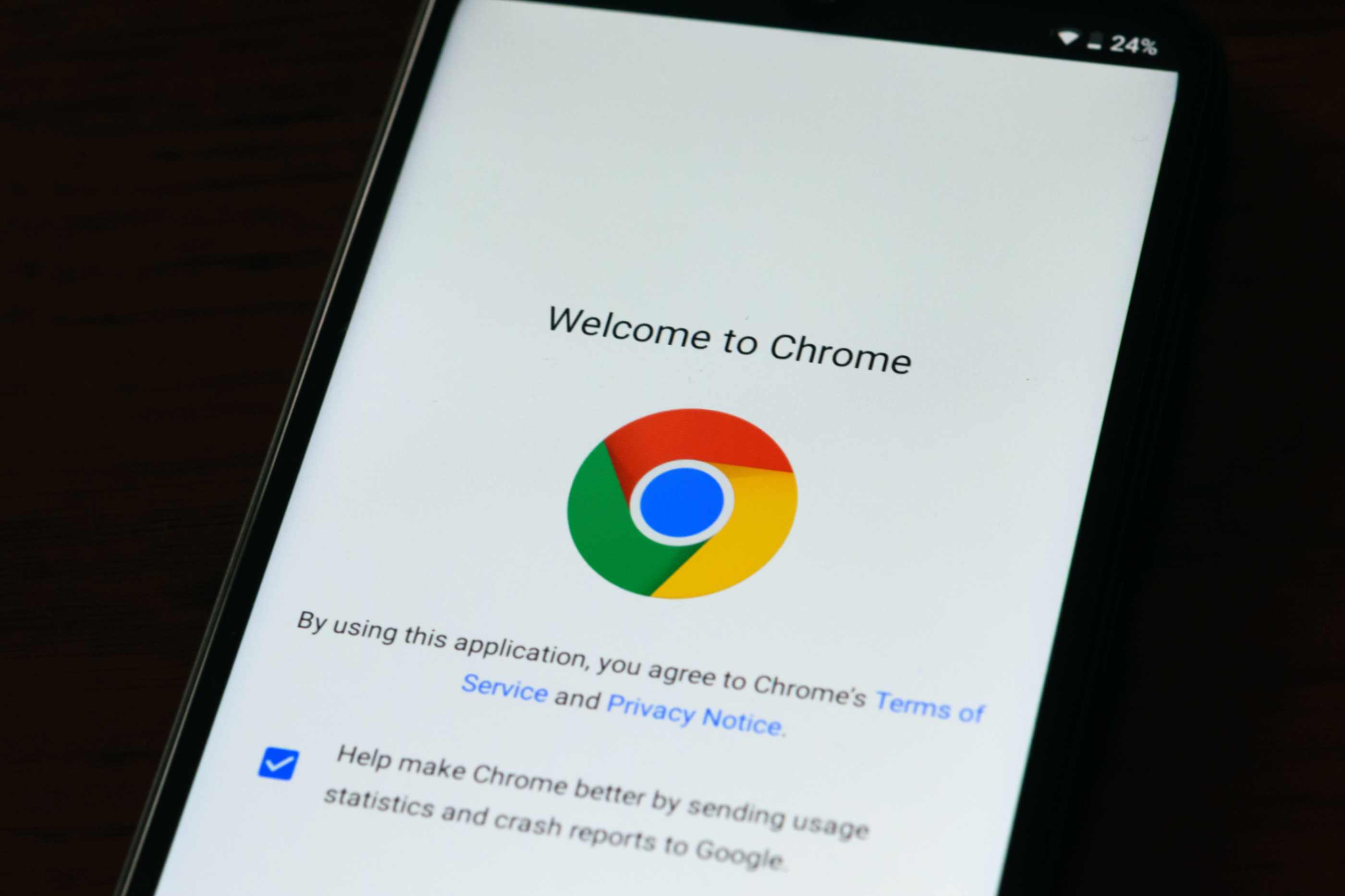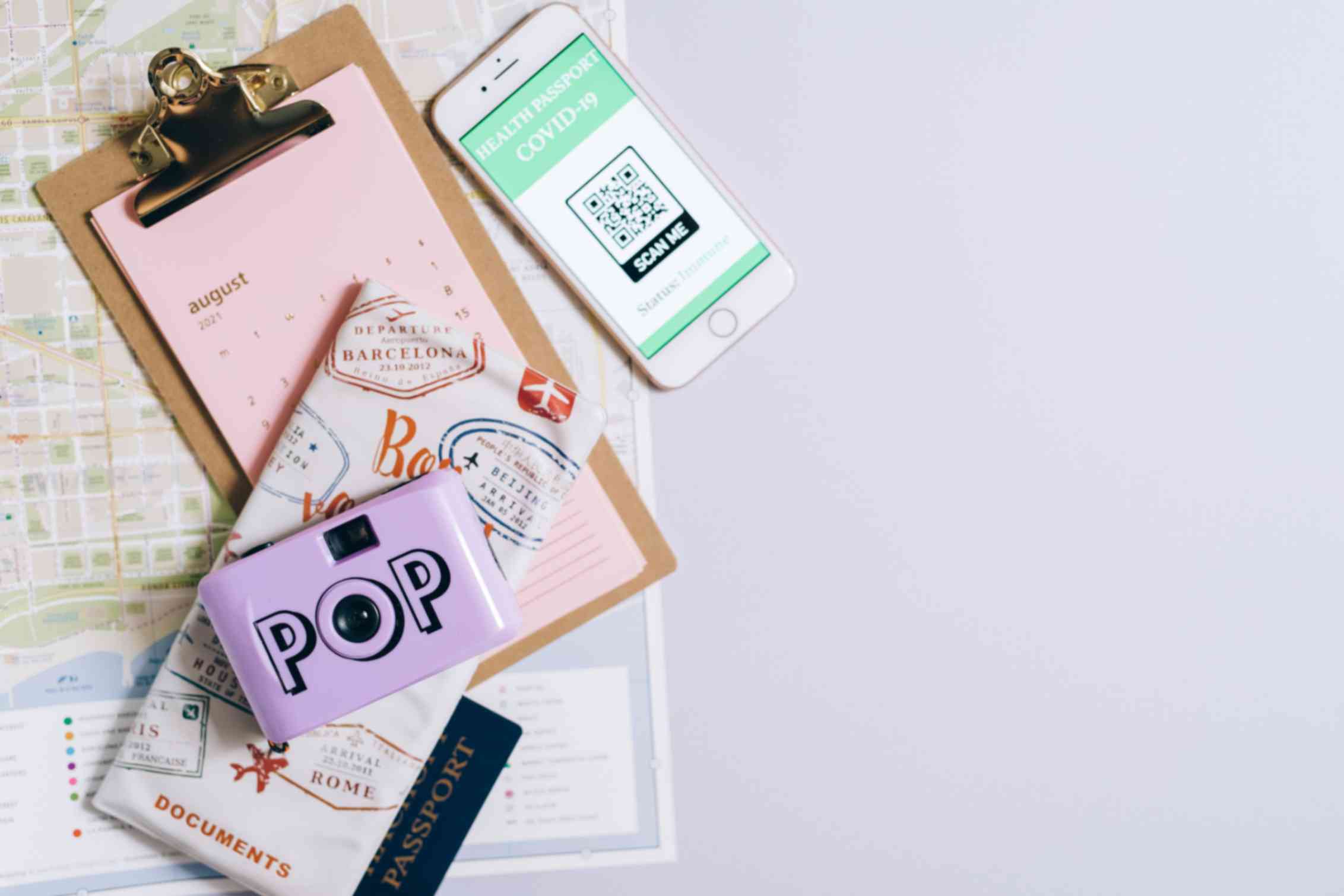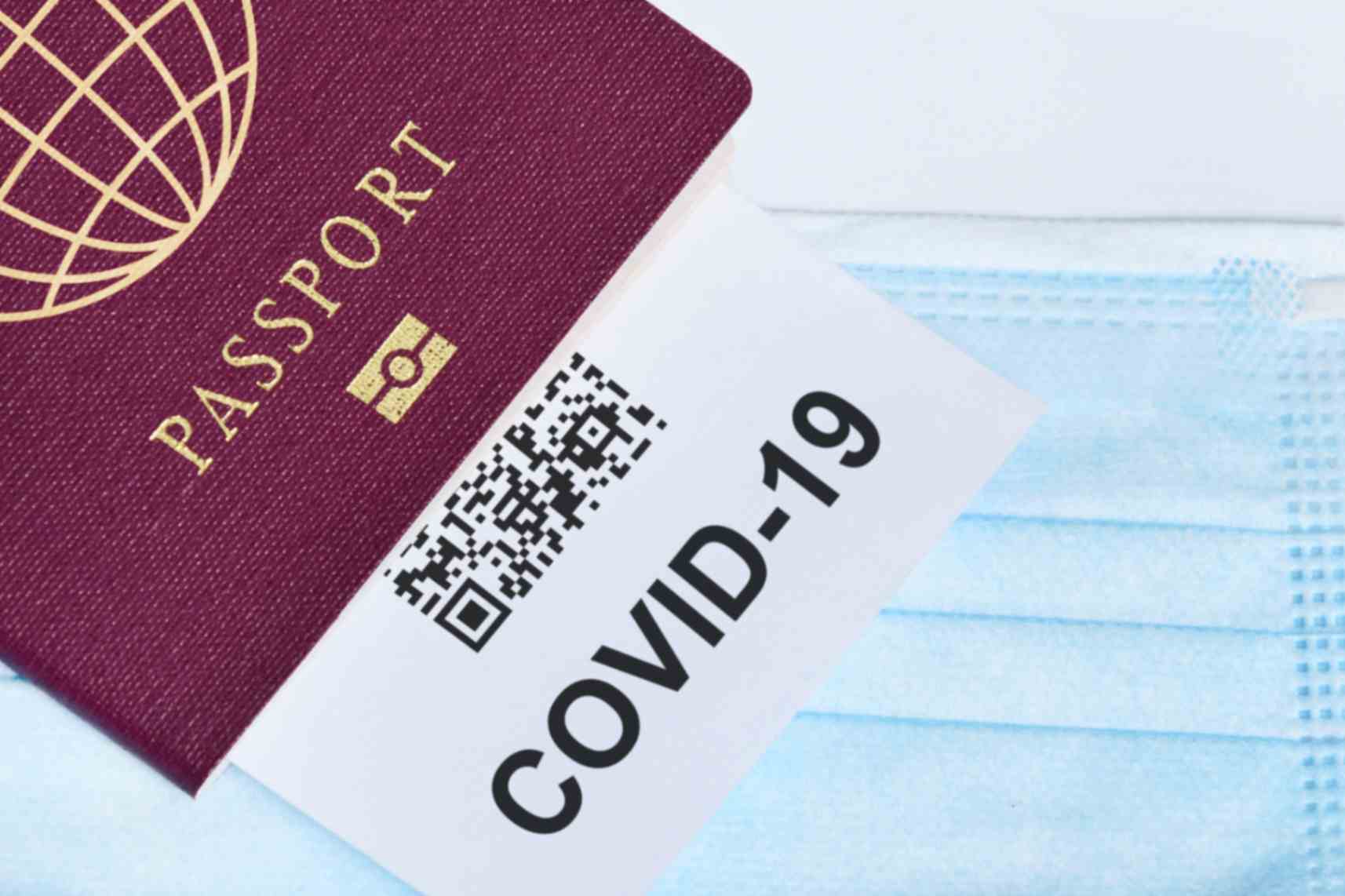How Do QR Codes with Images Work?
Jonathan Palley
Mar 15, 2024
The process behind image QR codes practically involves a combination of encoding and decoding. Embedding an image into a QR code transforms the content into a digital format which is encoded in the black-and-white matrix. This includes compressing the image data and merging it with the QR code's structural data.
Once scanned using an application, the image data gets separated from the structural data providing instant access to the image.
Keep reading as we reveal a free tool that you can use to create an image QR code for free.
Creating an Image QR Code for Free
Generating a high-quality image QR code is relatively simple. With QR Code Generator Hub, you can easily create and customize a visually appealing image QR code.
This free tool also offers unlimited scanning and free tracking features that you can use to monitor QR code performance.
Here's how you can create a QR code with this tool in 5 easy steps:
Step 1: Navigate to QRCodeGeneratorHub.com.
Using any browser on your mobile device or desktop, go to QRCodeGeneratorHub.com. This free QR code generator is widely utilized and allows you to create an unlimited number of dynamic QR codes at no cost.
Step 2: Upload the image or desired digital content.
Dynamic QR codes serve various purposes based on your specific requirements. So if you want to create dynamic QR codes and direct users to an image using it, you can click the image in the digital content type options and upload the image. Alternatively, you can also click the URL options to input the link for the image you want to share.
Above the text box, you'll find options for different digital content types such as PDFs, images, vCards, and applications. Note that the fields available may vary depending on the type of digital content you are using.
For instance, creating a vCard QR code will prompt a form for entering contact information, while an application QR code will allow you to attach a download link. An advantage of dynamic QR Codes from QR Code Generator Hub is their flexibility—you can modify their functionality at any time, even after printing.
Step 3: Personalize the design of the Dynamic QR Code.
QR Code Generator Hub offers unlimited and free customization options for the design of your QR codes. Using this dynamic QR code generator you can adjust the logo, colors, style, border, and text to align with your brand and use case.
Step 4: Download your customized Dynamic QR code.
If you're not registered, simply click the download button to save the dynamic QR code to your computer. If you've signed up, choose the appropriate file format to ensure compatibility with your intended device.
Step 5: Implement the QR code in your marketing materials.
Integrate your QR Code into your marketing materials, whether in print or digital form. Ensure it's prominently placed for easy visibility by your customers or audience.
A notable benefit of this generator is that you can easily modify the functionality of your dynamic QR codes without the need for reprinting or adapting to changing marketing priorities.
Best Practices for Creating Dynamic QR Codes with Images
Integrating images into dynamic QR codes offers a powerful avenue for enhancing your brand identity and engaging your audience creatively. Beyond manual encoding of digital information, image QR codes have the potential to add visual appeal and depth to your marketing strategies.
Simply put, employing image QR codes can open many possibilities to improve your brand identity. Images can be added to QR codes without compromising their functionality. To fully harness this potential, here are some comprehensive best practices to guide you:
Balancing Size and Contrast for Optimal Design Quality
Achieving a harmonious balance between the size of your QR code and the contrast with its background is pivotal. This ensures not only the functionality of the QR code but also its aesthetic appeal. Striking this balance guarantees that your QR code seamlessly integrates into your design while remaining easily scannable.
Embedding High-Resolution Images for Uncompromised Quality
When incorporating images into your dynamic QR codes, it's imperative to use high-resolution visuals. This ensures that the encoded images maintain their quality and clarity. The last thing you want is for your audience to encounter pixelation or distortion when scanning the QR code. High-quality visuals ensure a visually pleasing and professional appearance.
Including a Robust Call-to-Action for Increased Engagement
Simply embedding an image is not enough; you need to prompt your audience to take action. Incorporate a strong and clear call-to-action (CTA) that guides users on what to expect upon scanning the QR code. Whether it's accessing exclusive content, unlocking discounts, or experiencing a virtual tour, a compelling CTA significantly boosts the scanning rate.
Testing Across Multiple Devices and Scanner Apps for Versatility
The dynamic landscape of mobile devices and scanner apps necessitates thorough testing. Ensure that your QR code functions seamlessly across various smartphones and with different scanning applications. This practice guarantees that your audience, regardless of their device or preferred app, can effortlessly interact with your dynamic QR code.
Example Use Cases of Image QR Codes
Here are some ways to employ QR codes:
1. Event Invitation: Incorporate QR codes into event invitations or tickets to provide attendees with convenient access to event details, venue maps, schedules, or exclusive materials. This not only streamlines information dissemination but also adds a tech-savvy flair to your event.
2. Tourist Attractions: Enhance the visitor experience at tourist sites or landmarks by placing QR codes that offer historical insights, audio guides, or virtual tours. This interactive approach not only informs but also engages tourists, leaving a lasting impression.
3. Marketing and Advertising Campaigns: Integrate QR codes into print or digital advertisements to enable viewers to scan and access promotional videos, discount codes, or additional product information. This bridges the gap between traditional and digital marketing, providing an interactive and informative experience.
4. Personal Photo Albums: Transform traditional photo albums into interactive digital galleries by adding QR codes. This allows individuals to scan and relive memories without the need for file transfers or relying on social networking platforms.
Incorporating images into QR codes opens up a world of possibilities. With proper practices and an efficient tool, you can effectively capture attention and provide an immersed user experience. To learn more about QR codes, you can check out free educational resources in our Academy and YouTube Channel.



